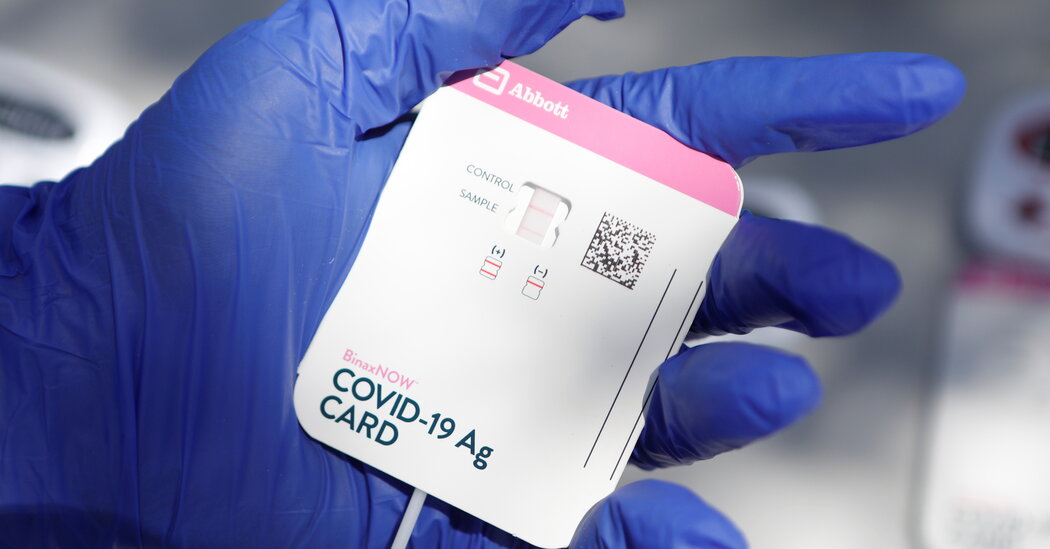
Should I take a second test to confirm the result?
If you tested positive after taking a rapid home test, you may want to take a second home test using a different brand or go to a testing center to confirm the result. False positives aren’t common with home tests, but they can happen. Even so, you should assume the positive result is correct, wear a mask and avoid close contact with other people until you get retested. If your positive test came from a laboratory, a second test isn’t necessary.
Can I find out if I got Omicron?
No. In most cases, you won’t know which variant of coronavirus you’ve caught and your lab test typically won’t tell you. In general, the guidance on isolation, monitoring and treatment does not change based on which variant infected you.
Who do I tell that I tested positive?
Think about where you’ve been and who might have inhaled your germs. Contact your employer and let them know. Most workplaces have protocols in place for contact tracing when an employee tests positive. You also want to alert anyone with whom you’ve spent time, going back at least two days before you got tested or started having symptoms, said Dr. Sax. The C.D.C. defines a close contact as someone who was less than six feet from you for 15 minutes or more.
It may feel overwhelming, or even shameful, to tell people about your positive test, said Dr. Ashish K. Jha, dean of the Brown University School of Public Health. “A lot of people think it’s some failure if you get infected,” Dr. Jha said. “This is an incredibly contagious variant. A lot of people are going to get it. That is not a moral failure.”
Don’t forget to tell your doctor too, particularly if you have an underlying medical condition, like high blood pressure or diabetes, that puts you at higher risk.
If the infected person is a child, call your pediatrician. You also need to call your child’s school, as well as anyone they’ve had close contact with at play dates, parties or other activities.
What treatment options do I have?
Monitor your symptoms. You can use a pulse oximeter to keep track of your blood oxygen levels. Most healthy people will get an oxygen reading around 95 to 99 percent. You should seek medical advice if the reading drops quickly or the level dips to 93 percent or lower. The devices can be less accurate for people with darker skin, so pay attention to the trend. If your reading drops by four points, it’s worth checking in with a doctor. You should also see a doctor if you take a turn for the worse, have trouble breathing or have any symptom that causes you concern. You can learn more in our story, Why Days 5 to 10 Are So Important When You Have Coronavirus.




